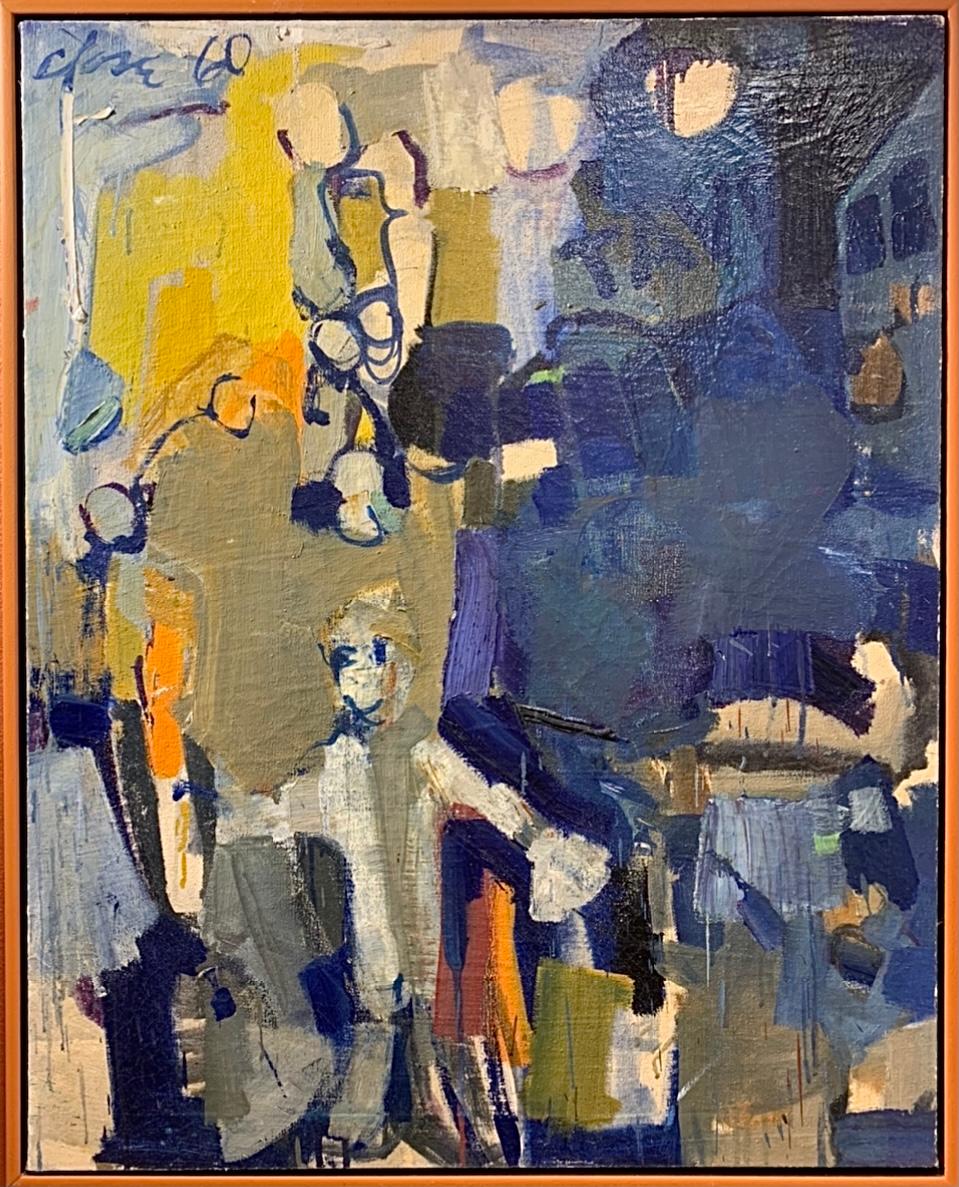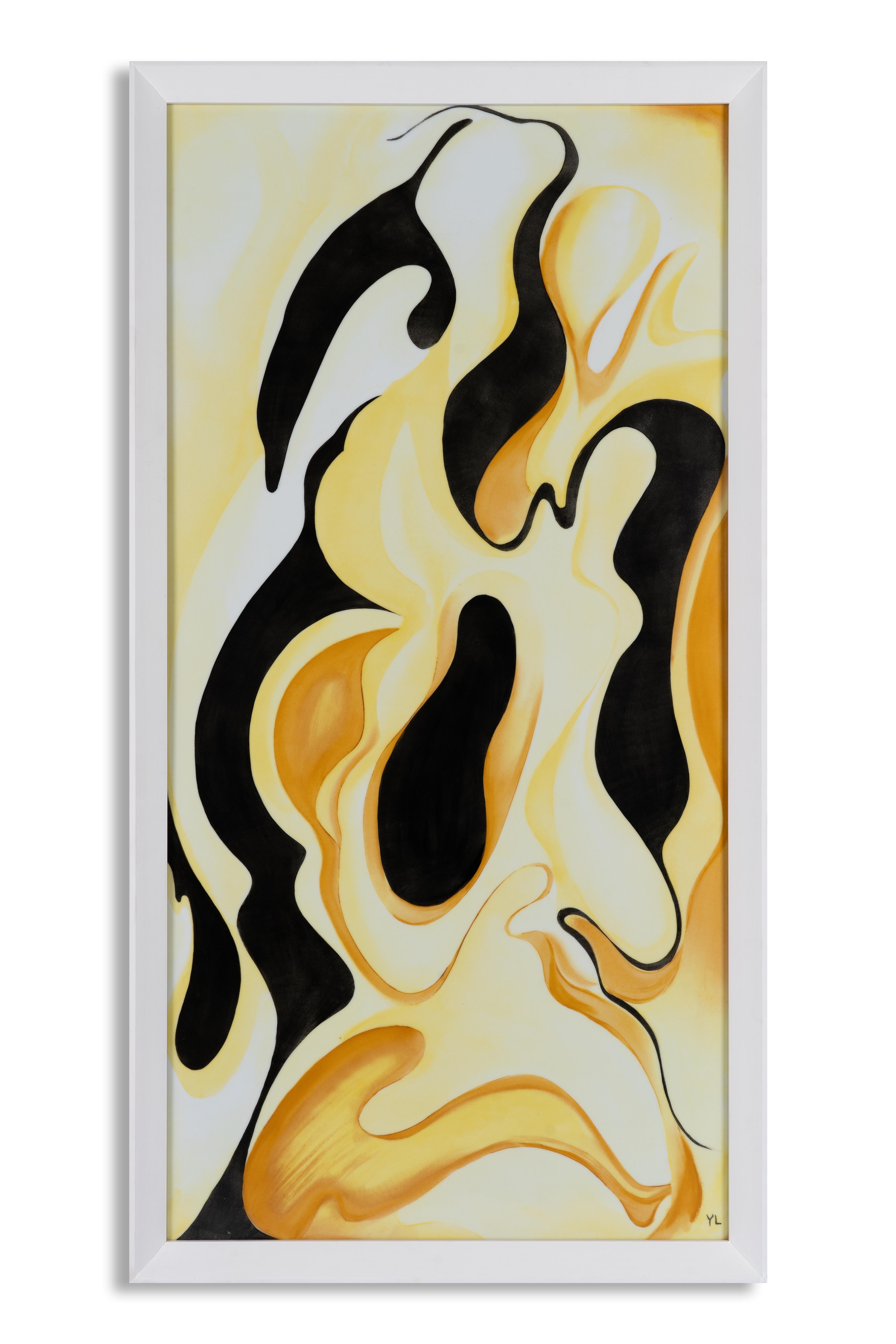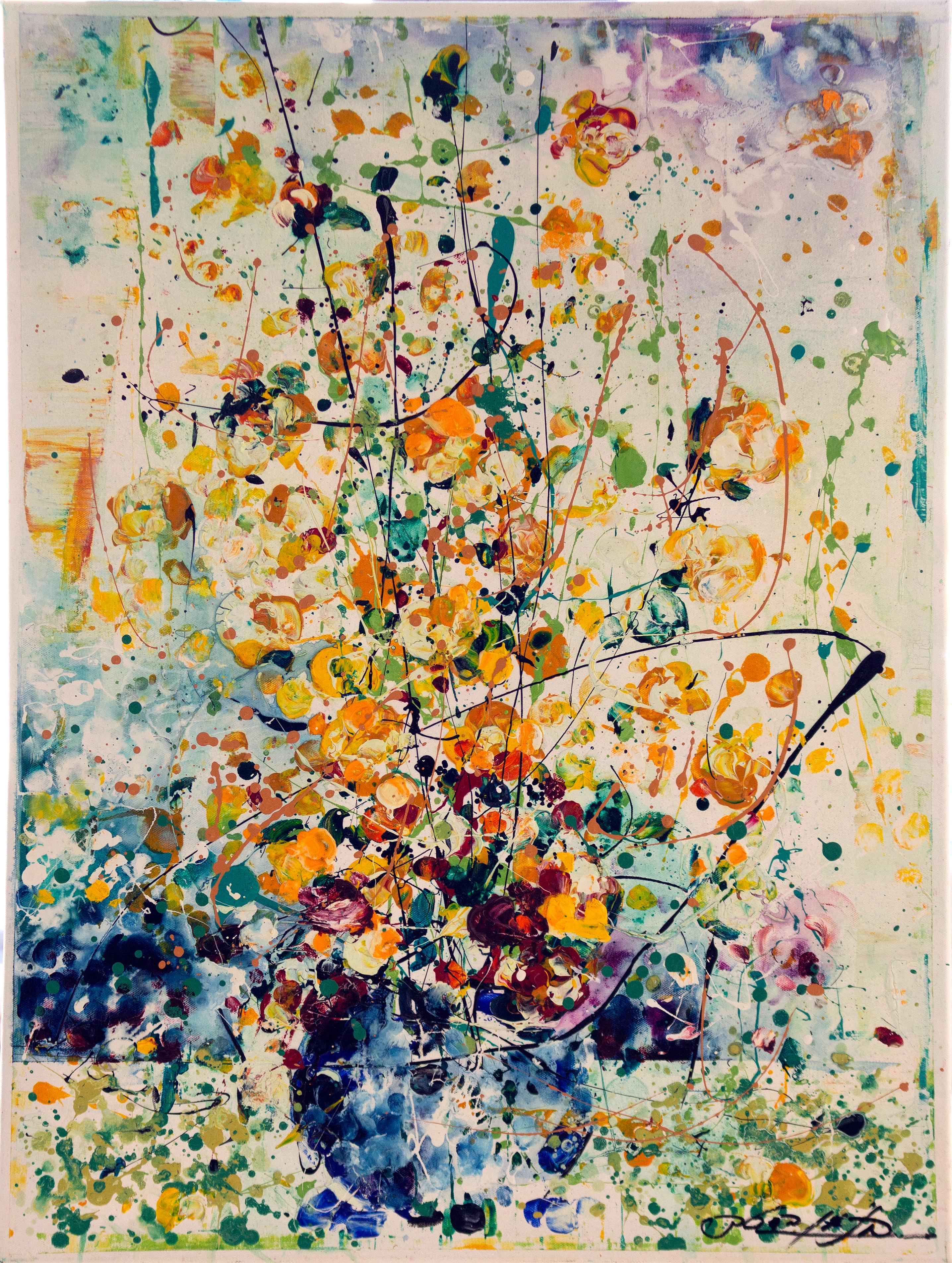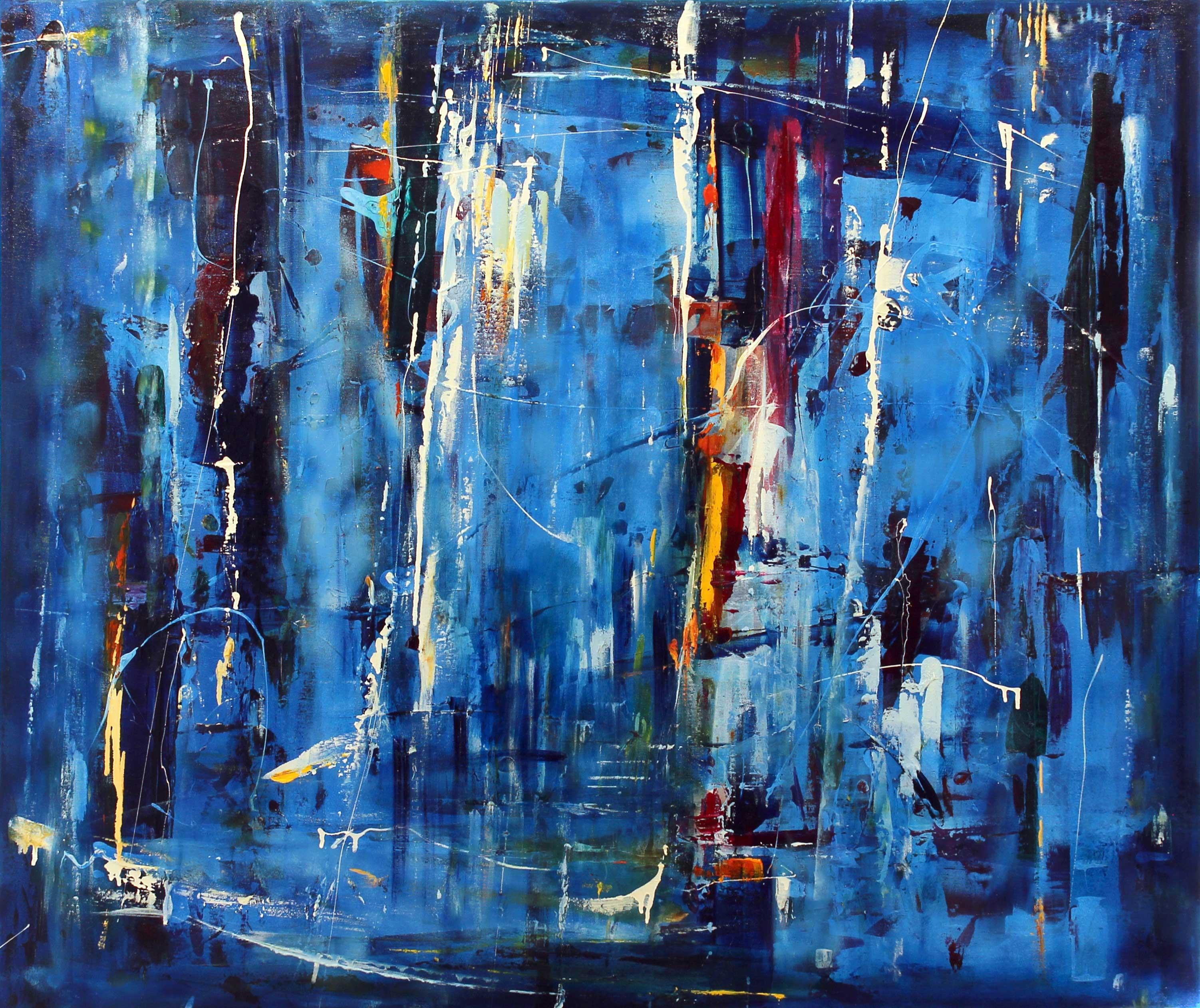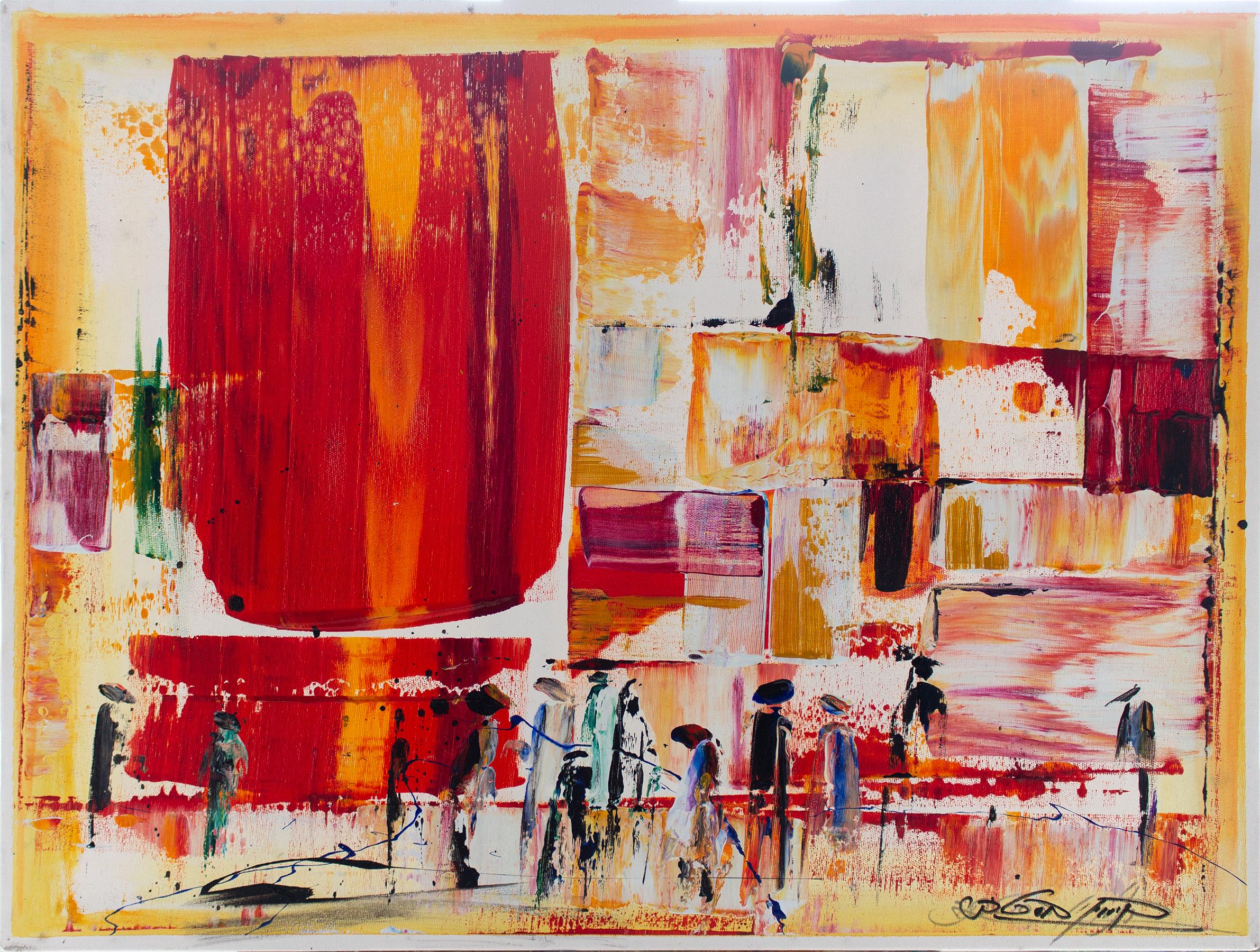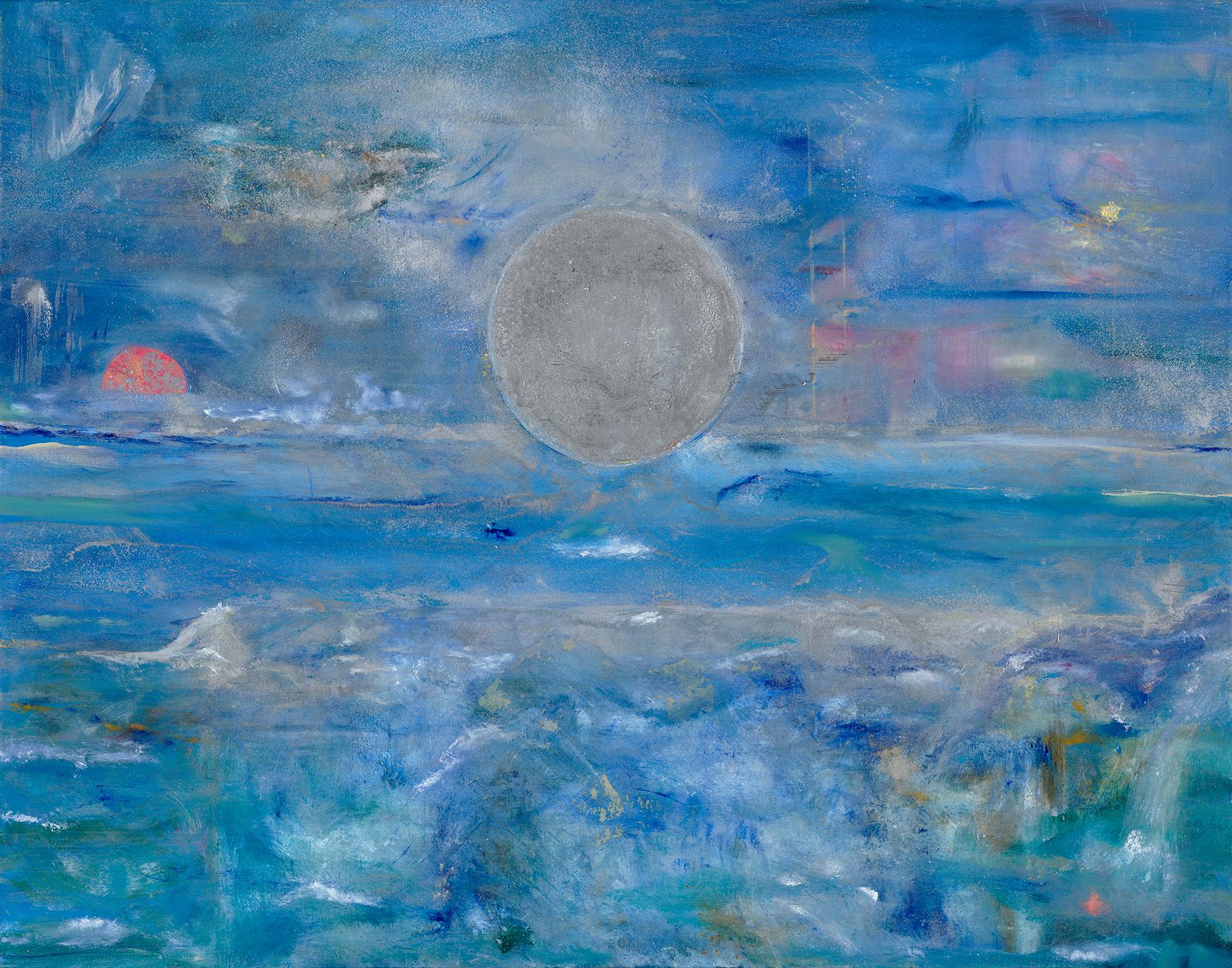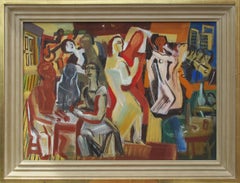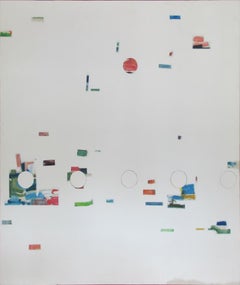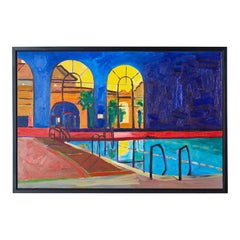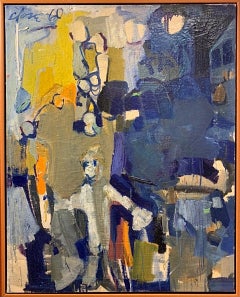
"Bullseye"
Want more images or videos?
Request additional images or videos from the seller
1 of 4
Solomon Ethe"Bullseye"1972
1972
About the Item
- Creator:Solomon Ethe (1924 - 2019)
- Creation Year:1972
- Dimensions:Height: 46 in (116.84 cm)Width: 38 in (96.52 cm)
- Medium:
- Movement & Style:
- Period:
- Condition:
- Gallery Location:Lambertville, NJ
- Reference Number:Seller: JOL071521071stDibs: LU37410077062
About the Seller
5.0
Vetted Seller
These experienced sellers undergo a comprehensive evaluation by our team of in-house experts.
Established in 1997
1stDibs seller since 2014
36 sales on 1stDibs
Typical response time: 6 hours
More From This SellerView All
- "Manhattan Night Life"By Vaclav VytlacilLocated in Lambertville, NJJim’s of Lambertville is proud to offer this artwork by: Vaclav Vytlacil (1892-1984) He was born to Czechoslovakian parents in 1892 in New York City. Living in Chicago as a youth, he took classes at the School of the Art Institute of Chicago, returning to New York when he was 20. From 1913 to 1916, he enjoyed a scholarship from the Art Students League, and worked with John C. Johansen (a portraitist whose expressive style resembled that of John Singer Sargent), and Anders Zorn. He accepted a teaching position at the Minneapolis School of Art in 1916, remaining there until 1921. This enabled him to travel to Europe to study Cézanne’s paintings and works of the Old Masters. He traveled to Paris, Prague, Dresden, Berlin, and Munich seeking the works of Titian, Cranach, Rembrandt, Veronese, and Holbein, which gave him new perspective. Vytlacil studied at the Royal Academy of Art in Munich, settling there in 1921. Fellow students were Ernest Thurn and Worth Ryder, who introduced him to famous abstractionist Hans Hofmann. He worked with Hofmann from about 1922 to 1926, as a student and teaching assistant. During the summer of 1928, after returning to the United States, Vytlacil gave lectures at the University of California, Berkeley, on modern European art. Soon thereafter, he became a member of the Art Students League faculty. After one year, he returned to Europe and successfully persuaded Hofmann to teach at the League as well. He spent about six years in Europe, studying the works of Matisse, Picasso, and Dufy. In 1935, he returned to New York and became a co-founder of the American Abstract Artists group in 1936. He later had teaching posts at Queens College in New York; the College of Arts and Crafts in Oakland, California; Black Mountain College in North Carolina; and the Art Students League. His paintings exhibit a clear inclination toward modernism. His still lives and interiors from the 1920s indicate an understanding of the art of Cézanne. In the 1930s, his works displayed two very different kinds of art at the same time. His cityscapes and landscapes combine Cubist-inspired spatial concerns with an expressionistic approach to line and color. Vytlacil also used old wood, metal, cork, and string in constructions, influenced by his friend and former student, Rupert Turnbull. He eventually ceased creating constructions as he considered them too limiting. The spatial challenges of painting were still his preference. During the 1940s and 1950s, his works indicated a sense of spontaneity not felt in his earlier work. He married Elizabeth Foster in Florence, Italy, in 1927 and they lived and worked in Positano, Italy for extended periods of time. Later on, they divided their time between homes in Sparkill, New York and Chilmark, Massachusetts, where Vyt, as he was affectionately called, taught at the Martha's Vineyard Art...Category
1930s Abstract Expressionist Abstract Paintings
MaterialsCanvas, Oil
- "Simorgh"By Solomon EtheLocated in Lambertville, NJJim's of Lambertville is proud to offer this artwork by Solomon Ethe (1924 – 2019) Solomon Ethe was born on June 22, 1924. A native New Yorker, he receiv...Category
1980s Abstract Expressionist Abstract Paintings
MaterialsCanvas, Oil
$34,375 - "Blue Abstraction" (from the Blue I Series)By Solomon EtheLocated in Lambertville, NJJim's of Lambertville is proud to offer this artwork by Solomon Ethe (1924 – 2019) Solomon Ethe was born on June 22, 1924. A native New Yorker, he rece...Category
1970s Abstract Expressionist Abstract Paintings
MaterialsCanvas, Oil
- "Still Life with Bananas"By Vaclav VytlacilLocated in Lambertville, NJJim’s of Lambertville is proud to offer this artwork by: Vaclav Vytlacil (1892-1984) He was born to Czechoslovakian parents in 1892 in New York City. Living in Chicago as a youth, he took classes at the School of the Art Institute of Chicago, returning to New York when he was 20. From 1913 to 1916, he enjoyed a scholarship from the Art Students League, and worked with John C. Johansen (a portraitist whose expressive style resembled that of John Singer Sargent), and Anders Zorn. He accepted a teaching position at the Minneapolis School of Art in 1916, remaining there until 1921. This enabled him to travel to Europe to study Cézanne’s paintings and works of the Old Masters. He traveled to Paris, Prague, Dresden, Berlin, and Munich seeking the works of Titian, Cranach, Rembrandt, Veronese, and Holbein, which gave him new perspective. Vytlacil studied at the Royal Academy of Art in Munich, settling there in 1921. Fellow students were Ernest Thurn and Worth Ryder, who introduced him to famous abstractionist Hans Hofmann. He worked with Hofmann from about 1922 to 1926, as a student and teaching assistant. During the summer of 1928, after returning to the United States, Vytlacil gave lectures at the University of California, Berkeley, on modern European art. Soon thereafter, he became a member of the Art Students League faculty. After one year, he returned to Europe and successfully persuaded Hofmann to teach at the League as well. He spent about six years in Europe, studying the works of Matisse, Picasso, and Dufy. In 1935, he returned to New York and became a co-founder of the American Abstract Artists group in 1936. He later had teaching posts at Queens College in New York; the College of Arts and Crafts in Oakland, California; Black Mountain College in North Carolina; and the Art Students League. His paintings exhibit a clear inclination toward modernism. His still lives and interiors from the 1920s indicate an understanding of the art of Cézanne. In the 1930s, his works displayed two very different kinds of art at the same time. His cityscapes and landscapes combine Cubist-inspired spatial concerns with an expressionistic approach to line and color. Vytlacil also used old wood, metal, cork, and string in constructions, influenced by his friend and former student, Rupert Turnbull. He eventually ceased creating constructions as he considered them too limiting. The spatial challenges of painting were still his preference. During the 1940s and 1950s, his works indicated a sense of spontaneity not felt in his earlier work. He married Elizabeth Foster in Florence, Italy, in 1927 and they lived and worked in Positano, Italy for extended periods of time. Later on, they divided their time between homes in Sparkill, New York and Chilmark, Massachusetts, where Vyt, as he was affectionately called, taught at the Martha's Vineyard Art...Category
1930s Abstract Expressionist Abstract Paintings
MaterialsOil, Board
- "Blue Fish"By Vaclav VytlacilLocated in Lambertville, NJJim’s of Lambertville is proud to offer this artwork by: Vaclav Vytlacil (1892-1984) He was born to Czechoslovakian parents in 1892 in New York City. Living in Chicago as a youth, he took classes at the School of the Art Institute of Chicago, returning to New York when he was 20. From 1913 to 1916, he enjoyed a scholarship from the Art Students League, and worked with John C. Johansen (a portraitist whose expressive style resembled that of John Singer Sargent), and Anders Zorn. He accepted a teaching position at the Minneapolis School of Art in 1916, remaining there until 1921. This enabled him to travel to Europe to study Cézanne’s paintings and works of the Old Masters. He traveled to Paris, Prague, Dresden, Berlin, and Munich seeking the works of Titian, Cranach, Rembrandt, Veronese, and Holbein, which gave him new perspective. Vytlacil studied at the Royal Academy of Art in Munich, settling there in 1921. Fellow students were Ernest Thurn and Worth Ryder, who introduced him to famous abstractionist Hans Hofmann. He worked with Hofmann from about 1922 to 1926, as a student and teaching assistant. During the summer of 1928, after returning to the United States, Vytlacil gave lectures at the University of California, Berkeley, on modern European art. Soon thereafter, he became a member of the Art Students League faculty. After one year, he returned to Europe and successfully persuaded Hofmann to teach at the League as well. He spent about six years in Europe, studying the works of Matisse, Picasso, and Dufy. In 1935, he returned to New York and became a co-founder of the American Abstract Artists group in 1936. He later had teaching posts at Queens College in New York; the College of Arts and Crafts in Oakland, California; Black Mountain College in North Carolina; and the Art Students League. His paintings exhibit a clear inclination toward modernism. His still lives and interiors from the 1920s indicate an understanding of the art of Cézanne. In the 1930s, his works displayed two very different kinds of art at the same time. His cityscapes and landscapes combine Cubist-inspired spatial concerns with an expressionistic approach to line and color. Vytlacil also used old wood, metal, cork, and string in constructions, influenced by his friend and former student, Rupert Turnbull. He eventually ceased creating constructions as he considered them too limiting. The spatial challenges of painting were still his preference. During the 1940s and 1950s, his works indicated a sense of spontaneity not felt in his earlier work. He married Elizabeth Foster in Florence, Italy, in 1927 and they lived and worked in Positano, Italy for extended periods of time. Later on, they divided their time between homes in Sparkill, New York and Chilmark, Massachusetts, where Vyt, as he was affectionately called, taught at the Martha's Vineyard Art...Category
1960s Abstract Expressionist Abstract Paintings
MaterialsOil, Board
- “Woman in Black”By Vaclav VytlacilLocated in Lambertville, NJJim’s of Lambertville is proud to offer this artwork by: Vaclav Vytlacil (1892-1984) He was born to Czechoslovakian parents in 1892 in New York City. Living in Chicago as a youth, he took classes at the School of the Art Institute of Chicago, returning to New York when he was 20. From 1913 to 1916, he enjoyed a scholarship from the Art Students League, and worked with John C. Johansen (a portraitist whose expressive style resembled that of John Singer Sargent), and Anders Zorn. He accepted a teaching position at the Minneapolis School of Art in 1916, remaining there until 1921. This enabled him to travel to Europe to study Cézanne’s paintings and works of the Old Masters. He traveled to Paris, Prague, Dresden, Berlin, and Munich seeking the works of Titian, Cranach, Rembrandt, Veronese, and Holbein, which gave him new perspective. Vytlacil studied at the Royal Academy of Art in Munich, settling there in 1921. Fellow students were Ernest Thurn and Worth Ryder, who introduced him to famous abstractionist Hans Hofmann. He worked with Hofmann from about 1922 to 1926, as a student and teaching assistant. During the summer of 1928, after returning to the United States, Vytlacil gave lectures at the University of California, Berkeley, on modern European art. Soon thereafter, he became a member of the Art Students League faculty. After one year, he returned to Europe and successfully persuaded Hofmann to teach at the League as well. He spent about six years in Europe, studying the works of Matisse, Picasso, and Dufy. In 1935, he returned to New York and became a co-founder of the American Abstract Artists group in 1936. He later had teaching posts at Queens College in New York; the College of Arts and Crafts in Oakland, California; Black Mountain College in North Carolina; and the Art Students League. His paintings exhibit a clear inclination toward modernism. His still lives and interiors from the 1920s indicate an understanding of the art of Cézanne. In the 1930s, his works displayed two very different kinds of art at the same time. His cityscapes and landscapes combine Cubist-inspired spatial concerns with an expressionistic approach to line and color. Vytlacil also used old wood, metal, cork, and string in constructions, influenced by his friend and former student, Rupert Turnbull. He eventually ceased creating constructions as he considered them too limiting. The spatial challenges of painting were still his preference. During the 1940s and 1950s, his works indicated a sense of spontaneity not felt in his earlier work. He married Elizabeth Foster in Florence, Italy, in 1927 and they lived and worked in Positano, Italy for extended periods of time. Later on, they divided their time between homes in Sparkill, New York and Chilmark, Massachusetts, where Vyt, as he was affectionately called, taught at the Martha's Vineyard Art...Category
1960s Abstract Expressionist Figurative Paintings
MaterialsOil, Board
You May Also Like
- "Pool" Oil on Canvas PaintingBy Daniel PhillLocated in Rio Vista, CAA rare departure from Daniel Phill's abstract expressionist botanical paintings titled "Pool". Interior scene of an indoor pool painted with his saturated ...Category
20th Century Abstract Expressionist Landscape Paintings
MaterialsCanvas, Oil
$2,240 Sale Price20% Off - Tavern, Abstract (1960)By Chuck CloseLocated in Saint Augustine, FLArtist: Chuck Close Title: Tavern Year of Work: 1960 Medium: Oil on Canvas Signature: Signed & Dated Upper Left Dimensions: framed 31 x 25 unframed 30 x 24 Provenance: Chuck Close, Marjorie Dalton (Dear friend of Chuck), Private Collection. Tavern, is truly a rare find, an original oil on canvas, in compelling blues and grays with a touch of gold and orange. This work reveals more imagery and detail the longer one enjoys it. This painting was created during his years studying in Yale Art School, and draws different qualities to each new viewer similar to a Rorschach. Close's work is in the collections of most of the great international museums of contemporary art, including the Centre Georges Pompidou in Paris, the Metropolitan Museum of Art New York City. and the Tate Modern in London. Artist Bio: Chuck Close – (1940-2021) an American painter, artist and photographer born in Monroe, Washington. Early childhood illnesses including a neuromuscular condition, nephritis and dyslexia were compounded later in life by a condition known as prosopagnosia (face blindness), which may have inspired him to do portraits. Most of his early, large-format portraits are based on photographs, using photorealism or hyperrealism, of family and friends, often other artists. Close often painted abstract portraits of himself and others, which hang in collections internationally. Even though a catastrophic spinal artery collapse in 1988 left him severely paralyzed, he continued to paint inspired by artists like Jackson Pollock and Willem de Kooning. Close's first solo exhibition, held in 1967 at the University of Massachusetts Art Gallery, Amherst, featured paintings, painted reliefs, and drawings based on photographs of record covers. Being much in the mainstream of pop art, a fragment of Close's portrait of singer-songwriter Paul Simon...Category
1960s Abstract Expressionist Abstract Paintings
MaterialsOil
- DaydreamsLocated in Southampton, NYPart of a new collection of painted porcelain panels by Chinese artist Yuan Lin, “Daydreams” is a luminous meditation on the sun's rays. In this painting, Lin...Category
2010s Abstract Expressionist Abstract Paintings
MaterialsCeramic, Glaze, Oil
$2,700 - Mindy Weisel, Not Everything is Black and White , 2017 oil on canvas 91 x 91By Mindy WeiselLocated in Jerusalem, ILMindy Weisel Not Everything is Black and White , 2017 oil on canvas 91 x 91 cm 36 x 36 in Exhibited Mindy Weisel "Meditations on Love", Rosenbach Conte...Category
2010s Abstract Expressionist Abstract Paintings
MaterialsCanvas, Oil
- Binyamin Basteker, The sounds of flowers (Jerusalem flower series) oil on canvasLocated in Jerusalem, ILBinyamin Basteker The sounds of flowers , 2020 oil on canvas 80 x 60 cm 31 x 24 in Exhibited: "Jerusalem Flowers", 2020 Rosenbach Contemporary, Jerusalem Binyamin Basteker was bo...Category
2010s Abstract Expressionist Abstract Paintings
MaterialsOil
- Binyamin Basteker First rain in Jerusalem , 2018 oil on canvas 100 x 120 cmLocated in Jerusalem, ILBinyamin Basteker First rain in Jerusalem , 2018 oil on canvas 100 x 120 cm 39 x 47 in As a student of the masterful colorists of India and the Israeli abstract masters of the 1970s, Basteker has developed a unique style of painting. He loves color, he loves abstract and he loves the holy city...Category
2010s Abstract Expressionist Abstract Paintings
MaterialsOil

